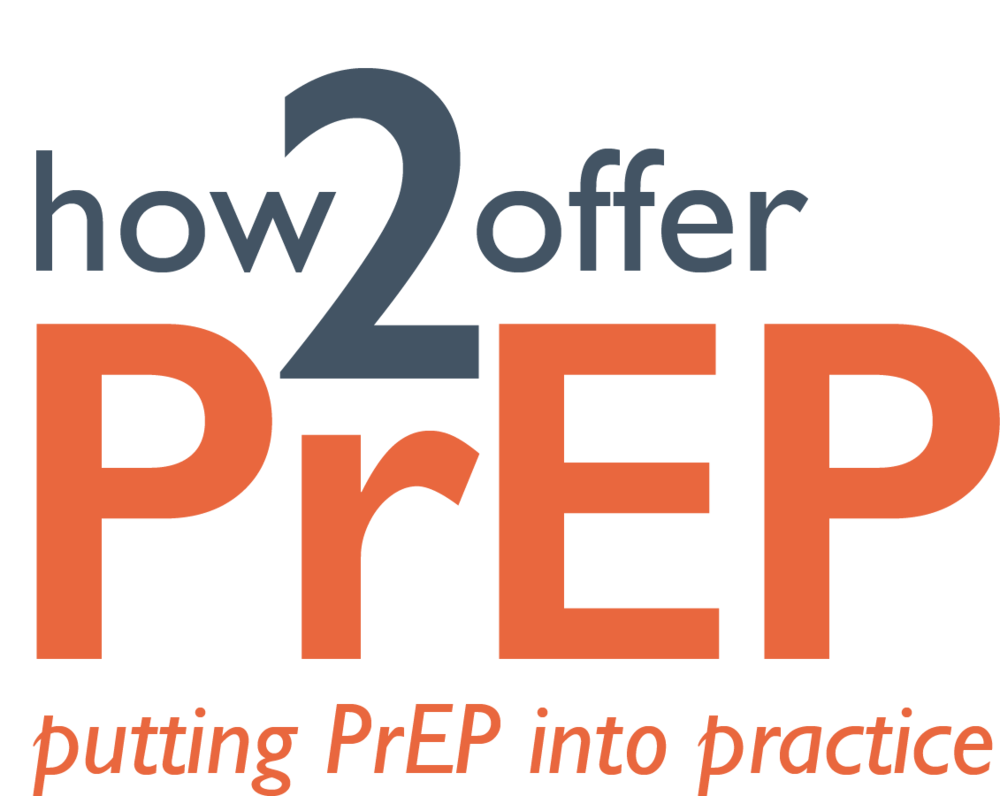By Robert Grant
PrEP (containing oral TDF) is highly effective for preventing acquisition of HIV, yet PrEP regimens containing single agent TDF or FTC/TDF are not sufficient to suppress HIV infection that has already occurred. Indeed, looking across trials, the risk of drug resistance occurred mainly (or entirely) among people who were already HIV infected before they started PrEP. Their infections were not detected because they had acute HIV infection, which is defined as the presence of viral nucleic acids or antigen before any detectable antibody response.
So testing for HIV before starting PrEP is essential for maximizing the preventive benefits of PrEP versus the risks of drug resistance.
Does PrEP require the use laboratory tests that are more sensitive for acute infection? In interim PrEP guidance published last year, the WHO suggested that PrEP does not require special laboratory testing for HIV, and that the tests that were best validated in each jurisdiction should be used. The risks and benefits were recently reviewed at the AIDS 2016 conference.
In most PrEP trials, rapid antibody tests (2nd or 3rd generation) were used to screen for HIV infection before starting PrEP. In the course of trials of FTC/TDF, there were approximately 8 HIV infections averted for every infection that occurred with FTC resistance. This is a clearly beneficial benefit to risk ratio, given that everyone with HIV infection needs life-long therapy, which comes with an annual risk of drug resistance that varies between 5% to 20%. Mathematical modelers (such as Sally Blower and Ume Abbas) had already predicted that PrEP scale-up would lead to LESS drug resistance in most situations.
FTC resistance was rare in trials, occurring in 1 in approximately 1000 PrEP users. Furthermore, FTC resistance occurs nearly entirely among people who were already infected when they started PrEP: The prevalence of FTC resistance among people acutely infected when they started PrEP was approximately 38% (using clinical genotyping assays) or 71% (using investigational assays that have increased sensitivity to detect resistant strains that do not predominate in the virus population). In contrast, the prevalence of FTC resistance among people who are infected AFTER they receive FTC/TDF PrEP was only 3%. Using investigational assays increases the rate of any detection of FTC resistance in both the active and placebo arms of trials (to 10% and 5% respectively).
The use of HIV nucleic acid tests when PrEP is started could have increased the ratio of HIV infections averted (compared with numbers of FTC resistant infections caused) from 8 to 22. So there would be an incremental minimization of HIV resistance risk relative to prevention benefits. For this reason, HIV RNA testing (or antigen testing) is performed when starting PrEP in places where such testing among high incidence populations is already routine, including New York and San Francisco. Yet, many low and middle income countries cannot afford such testing - PrEP is still beneficial relative to resistance risks by a factor of 8.
A spreadsheet calculation can show the relationship between benefits (in terms of infections averted) relative to risks (of FTC resistance) according to the sensitivity of the diagnostic test used before starting PrEP. The sensitivity of the test is expressed in terms of the window period between infection and first detection of infection using the diagnostic test. HIV nucleic acid tests are thought to have a window period of about 10 days, antigen tests 15 days, 3rd generation antibody tests of 21 days and 2nd generation tests of 40 days. The predictions from this calculation are quite consistent with observations made in trials.
Assumptions:
- Incidence when starting PrEP is the same as during the first year (PrEP in high incidence populations is recommended to minimize the numbers needed to treat to prevent one infection; the infections averted ratio with FTC resistance is not determined by incidence).
- PrEP is continued for one year.
- PrEP selects for resistance in 70% of HIV infected people who receive PrEP.
- Among people not already infected, PrEP prevents 50% of infections in the first year (this is conservative).

